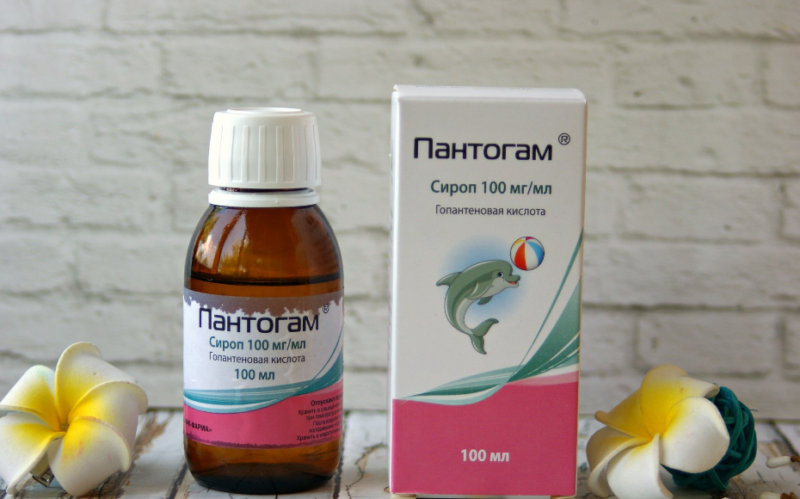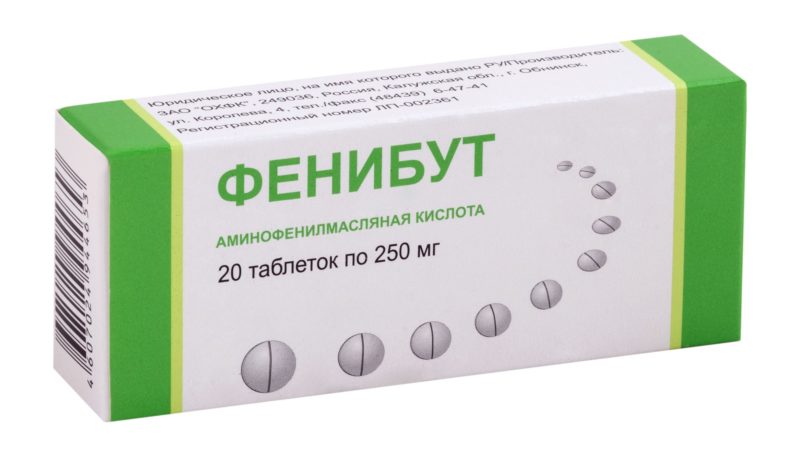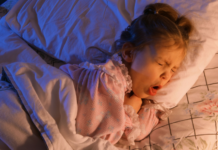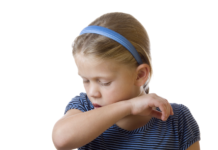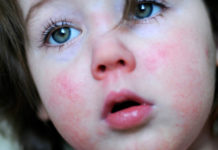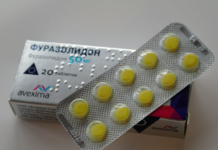Numerous irritants, the flow of information, mobile phones, the Internet put the mind of both an adult and a child to great tests. Sensory overload occurs, sleep worsens, irritability and aggressiveness appear. According to the instructions for the use of Pantogam syrup for children, the drug can be prescribed for hyperactivity, enuresis, stuttering, as well as to improve the cognitive activity of the child.
Material Content:
The composition of the drug
Pantogam is a domestic nootropic drug. The active ingredient is hopantenic acid. Its content in 100 ml of an aqueous solution (10%) is 10 g. By its chemical nature, the active substance is close to pantothenic acid (vitamin B5) and is a natural metabolite of gamma-aminobutyric acid (GABA).
The syrup looks like a slightly yellowish clear liquid. The cherry flavor is due to the presence of an appropriate flavor in the composition. Other auxiliary components are aspartame sweetener, glycerol solution, citric acid monohydrate, and sodium benzoate preservative.
What helps Pantogam syrup
GABA is a inhibitory neurotransmitter in nerve tissue. It is a natural relaxant that has a calming effect on the nervous system. Hopantenic acid contributes to the normalization of GABA metabolism, reduces hypoxia.
Pantogam improves blood supply to the brain (GM).
The effects of the drug:
- neurometabolic;
- detoxification;
- anticonvulsant;
- neuroprotective;
- neurotrophic.
The instructions indicate that "Pantogam", unlike other nootropic drugs, combines a mild psychostimulating effect with a moderate sedative effect. The tool is used to correct various violations of cognitive functions (cognitive).
Pantogam is prescribed for the following neurological and mental illnesses, conditions:
- slow mental development, with a combination of this violation with a delay in speech development;
- Attention Deficit Hyperactivity Disorder (ADHD);
- toxic or neuroinfectious lesion of GM;
- psycho-emotional overload;
- neurotic disorders.
Indications for treatment "Pantogam" are perinatal lesions of the central nervous system, various forms of cerebral palsy, the consequences of traumatic brain injury. The drug is prescribed for neurogenic disorders of urination, including enuresis, daytime urinary incontinence, with tics, stuttering.
The effects of a course of drug therapy:
- normalization of sleep, proper rest of the patient;
- decreased motor excitability of the child;
- getting rid of excitement, anxiety;
- decrease in aggression.
Thanks to the use of the product, the child’s ability to perceive and process information is improved.
Instructions for use and dosage for children
It is recommended to drink the medicine in the morning and in the afternoon until 16 hours, in 15 - 30 minutes after food. Pantogam syrup is prescribed for children of different ages in single doses from 2.5 to 5 ml. The number of doses per day depends on the type of pathology, usually 3 or 4 times a day.
Children can take Pantogam in the form of syrup from the first year of life, in the form of tablets from 3 years.
Daily dosages for children up to a year are from 5 to 10 ml. Babies up to 3 years old are given from 5 to 12.5 ml / day. Preschoolers from 3 to 6 - 7 years old can take from 7.5 to 15 ml. Children over 7 years old - from 10 to 20 ml.
The range of daily dosages differs for various diseases and conditions:
- Epilepsy - from 7.5 to 10 ml in parallel with an anticonvulsant. Duration of use - 12 months or more.
- Urination disorders - from 2.5 to 5 ml of syrup 2-3 times a day. They are treated for 1 to 3 months.
- Cognitive impairment - from 7.5 to 15 ml in three divided doses.
First, take the syrup in the minimum dose, gradually increasing the daily amount of the drug for 1 to 2 weeks. Then adhere to maximum dosages of 15 to 40 days. Then, during the week, reduce single and daily doses to the minimum until the drug is discontinued.
Drug interaction
Incompatible combinations of Pantogam with other medicines are not known. It was found that the drug increases the effectiveness of anticonvulsant treatment. Hopantenic acid reduces the risk of side effects of therapy with other antipsychotics, phenobarbital, carbamazepine.
The effect of Pantogam is enhanced with the simultaneous administration of Glycine.
Contraindications, side effects and overdose
"Pantogam", according to the instructions, is not prescribed for children with diagnosed hypersensitivity to its components and with severe kidney diseases in the acute stage. If the patient has phenylketonuria, then you can not drink a syrup that contains aspartame, you can take tablets.
Side effects of Pantogama:
- problems falling asleep, sleep phase disturbances;
- allergic rhinitis and conjunctivitis;
- daytime sleepiness;
- noise in ears;
- rashes.
The listed symptoms quickly disappear with a decrease in dose. It is not necessary to cancel the drug without the consent of the doctor.
An overdose of the drug can lead to increased symptoms of its side effects. In this case, an intestinal adsorbent is taken, for example, activated charcoal, and the stomach is washed. If symptoms of an allergic reaction occur, the doctor may prescribe an antihistamine.
Analogs of a nootropic drug
Hopantenic acid contains Pantogam, Pantocalcin, Calcium Hopantenate, Gopantam tablets manufactured in Russia.Indications for use correspond to those for Pantogam syrup.
Means with hopantenic acid are well tolerated by children.
Stuttering, ADHD, dysuria, sleep disorders in juvenile patients are treated with the Pantogam analogue according to the mechanism of action - Phenibutom. Nootropic drug in the form of tablets is dispensed strictly according to the prescription.
A metabolic agent that improves memorization, cognitive activity in children is considered "Glycine." Absorption tablets over the cheek are dispensed in pharmacies without a prescription. "Glycine" is prescribed for psycho-emotional stress, deviant behavior, neurosis, increased excitability of the nervous system, sleep disturbances, encephalopathies.


